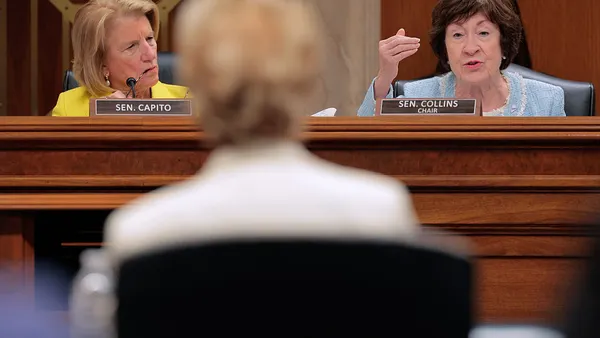District leaders combined classes, bumped pay for substitute teachers, asked teachers to take on more duties, and had central staff lead classes during the 2021-22 school year as school systems continued to recover from COVID-19-related impacts, according to a study by the RAND Corp.
The study found 90% of school districts changed operations in one or more of their schools last school year and that more than three-quarters of districts have added instructional and non-instructional staff compared to pre-pandemic levels.
RAND surveyed a random sample of 291 district and charter network leaders between February 28, 2022, and April 10, 2022, for its fifth American School District Panel Survey. The study said that although it is not clear why districts choose certain operational changes over others, differences in access to federal COVID-19 relief funds likely played a role in the ability to increase pay and hiring to address understaffing.
The most common operational change reported was increased pay or benefits for substitute teachers, with 60% of district leaders saying they made this adjustment. On average, school systems said they raised substitute daily pay 6% above pre pandemic levels, which is above the 4% hourly wage increase for retail workers, from September 2019 to December 2021, the report said.
On average, districts paid substitutes $122 per day in spring 2022 compared to $115 per day before the public health crisis.
Other changes district leaders said they implemented in response to the pandemic include:
- Eliminating planning periods so teachers could cover classes (45%).
- Assigning non-cafeteria staff to cafeteria duties (28%).
- Increasing pay or benefits for bus drivers (30%).
No district leaders said they shortened the school day or moved to a hybrid schedule of four days of in-person classes and one day of virtual learning.













